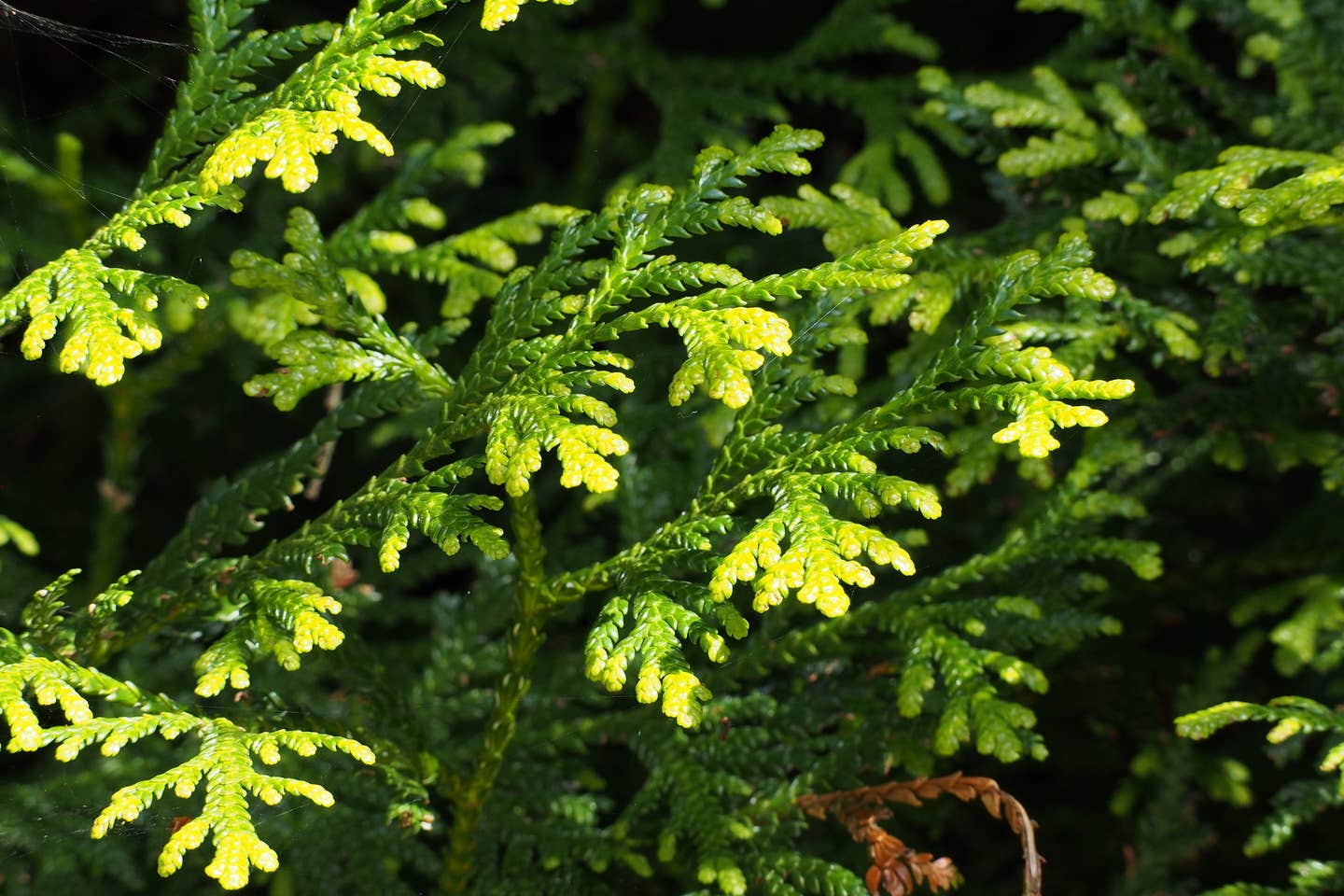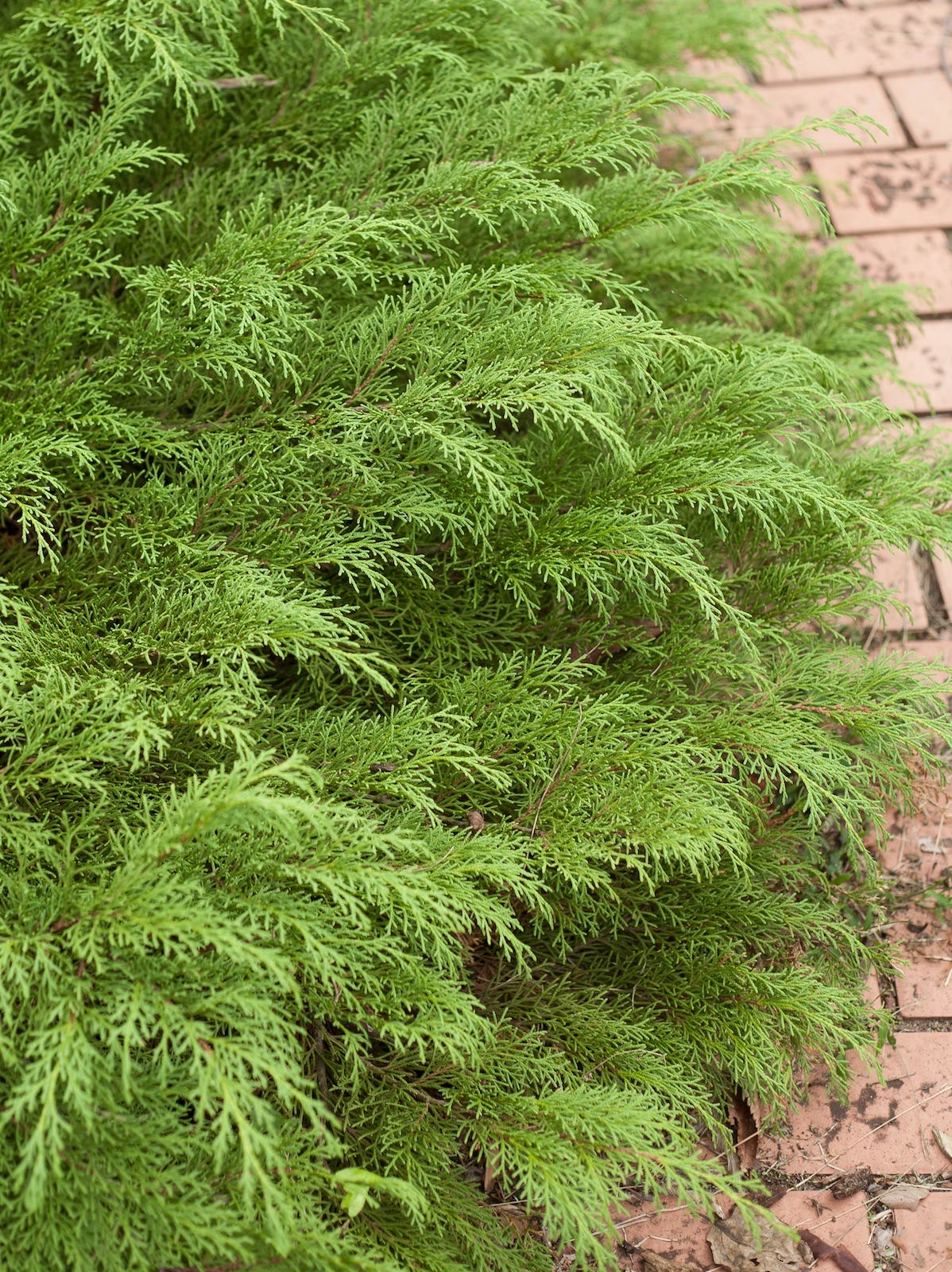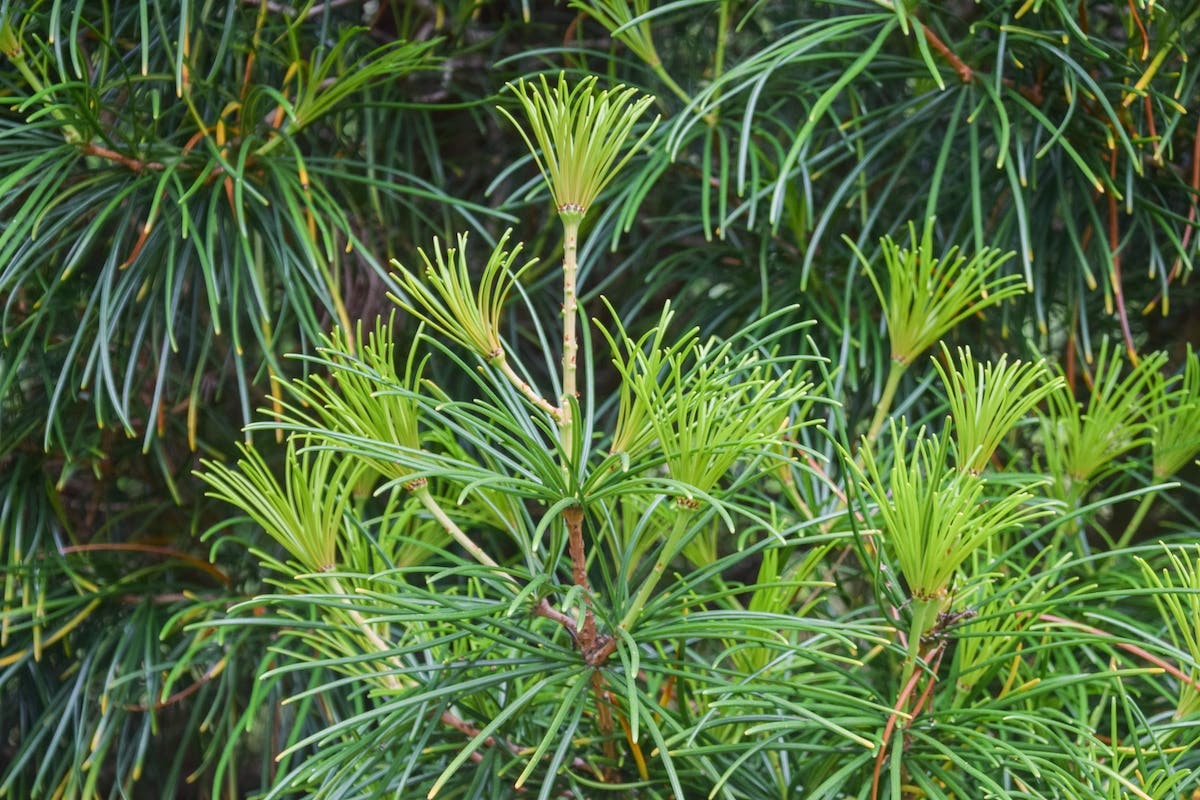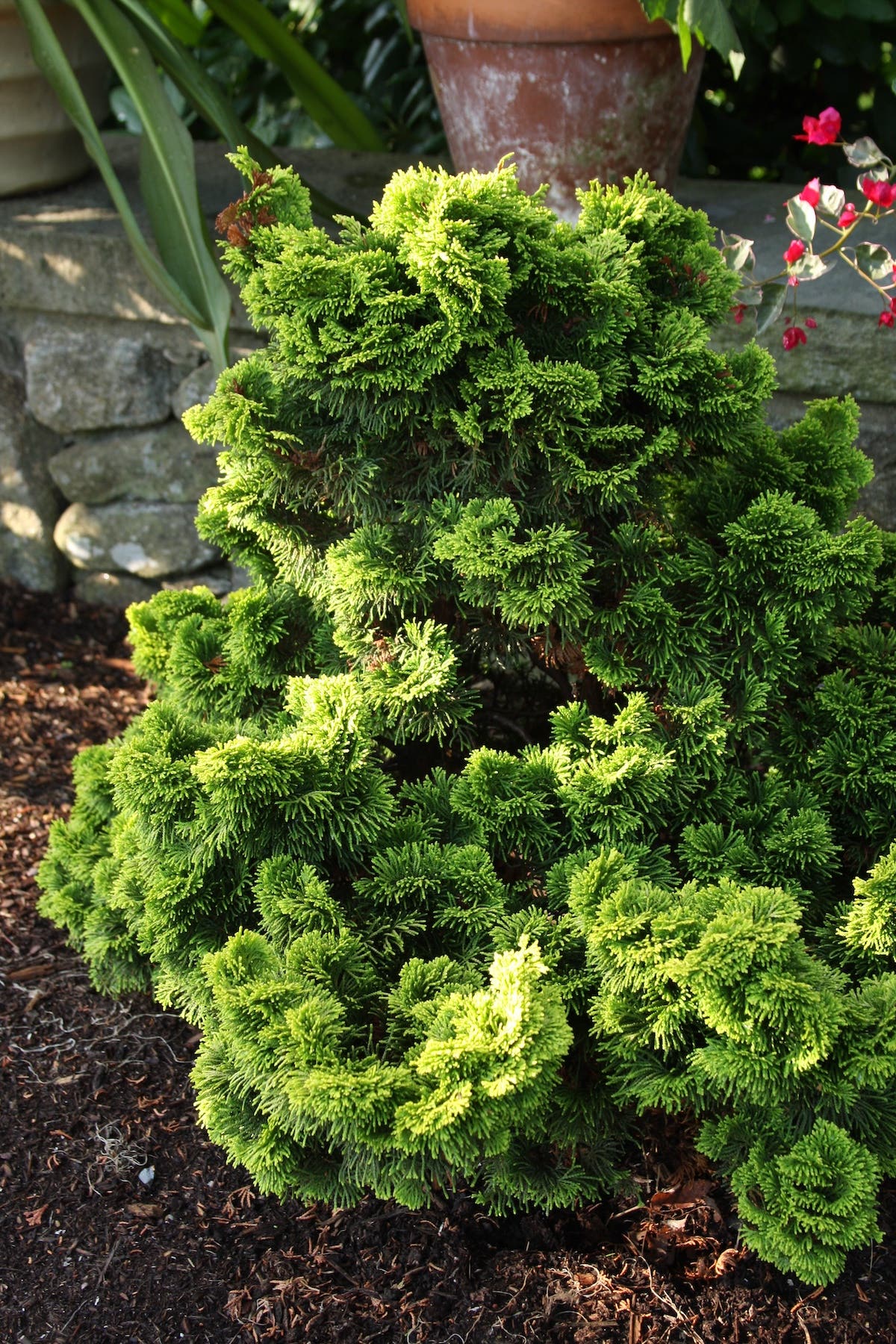Where a Pepper gets its punch
A chili pepper's heat comes from the alkaloid capsaicin. Though practically devoid of odor and flavor, capsaicin packs a wallop. The human tongue can detect it in concentrations as low as one drop in 30 million. Capsaicin and its analogues, called the capsaicinoids, are produced in the cells at the juncture of the membranes and the outside wall of the pepper. Chili seeds do not produce capsaicin, but can draw it in from the surrounding tissues. Removing the seeds and the cross ribs will substantially reduce the heat of a pepper. In Mexico, this process is referred to as "neutering" the pepper.
Like wine, chili flavor and pungency reflect the growing conditions of the season. Too much water and nitrogen will greatly reduce the amount of capsaicin and thus the chili's heat. Temperature also plays a large role in dictating capsaicin levels. A 1966 study found that fruits grown at temperatures of 86 to 95 degrees Fahrenheit had nearly double the capsaicin levels of those grown at 59 to 72 degrees.
Variations on a Theme
Slight differences in the physical structure of capsaicinoids create different sensations in your mouth and on your tongue. In a 1988 study by the Department of Food Science and Technology at the University of Athens, Georgia, researchers Anna M. Krajewska and John J. Powers found that, even at low concentrations taste testers could actually distinguish these compounds from one another based on differences in the way the capsaicinoids felt in the mouth and throat. Capsaicin and dihydrocapsaicin were more irritating and caused a sharp, stinging bite typically associated with chili in the mid-mouth and mid-palate, as well as the throat and the back of the tongue, and lasted longer than other compounds. Homoihydrocapsaicin had a peppery smell and slightly sour taste, with a pungency developing in the throat and the back of the tongue and palate that was prolonged and difficult to rinse away. Nordihydrocapsaicin and vanillylamide of n-nonanoic acid were found to be the least irritating compounds and caused a pleasant warming effect. Nordihydrocapsaicin was even described by some testers as having a fruity, sweet, and spicy character.
Different combinations of capsaicinoids give different types of chilies their characteristic taste, or signature. These differences may account for what some people like in one type of chili but not in another. The same study concluded that the total heat of a chili is addictive. Therefore, the more capsaicinoids a chili contains, the hotter it is.
Measuring Heat
Chili pepper heat is measured in Scoville Units, named in honor of Wilbur L. Scoville, a pharmacologist with Parke-Davis, who first experimented with rating the heat of chili and devised the Scoville Organoleptic Test. In 1912, he assembled a panel of five human testers to taste solutions of known amounts of chili pepper dissolved in alcohol and diluted with sugar water. A chili was assigned a pungency rating equal to the dilution of the pepper solution if three out of the five testers could detect a tickle in their throats after sampling. A chili pepper with a Scoville Heat Unit measurement of 30,000, for example, was detectable when one drop of chili-alcohol solution was dissolved in 30,000 drops of water. Taste buds are fickle things, however. Problems arose-different panels rated peppers differently, and testers' taste buds lost their sensitivity because of the effects o the capsaicinoids and the alcohol.
Dave Dewitt, once an editor of Chili Pepper magazine (www.chilipepper.com), has proposed a more simplified organoleoptic rating system known as the Official Chili Heat Scale. In this test, the chili is sampled and assigned a pungency rating of zero to 10. For example, a green pepper would be a zero while a Scotch bonnet or habanero would rate a 10.
Putting Out the Fire
While water may quench your thirst, it's not the most effective agent for taking the heat away from a mouthful of chili. Experienced chili eaters say that dairy products-such as a glass of milk or a spoonful of sour cream, yogurt, or ice cream-are best for cooling your mouth. Starchy foods such as bread, rice, or potatoes will also dilute chili heat.
More Chili Pepper Sources:
The Chile Pepper Institute
National Hot Pepper Association
http://www.inter-linked.com/org/nhpa/
The Chile-Heads
http://neptune.netimages. com/~chile







